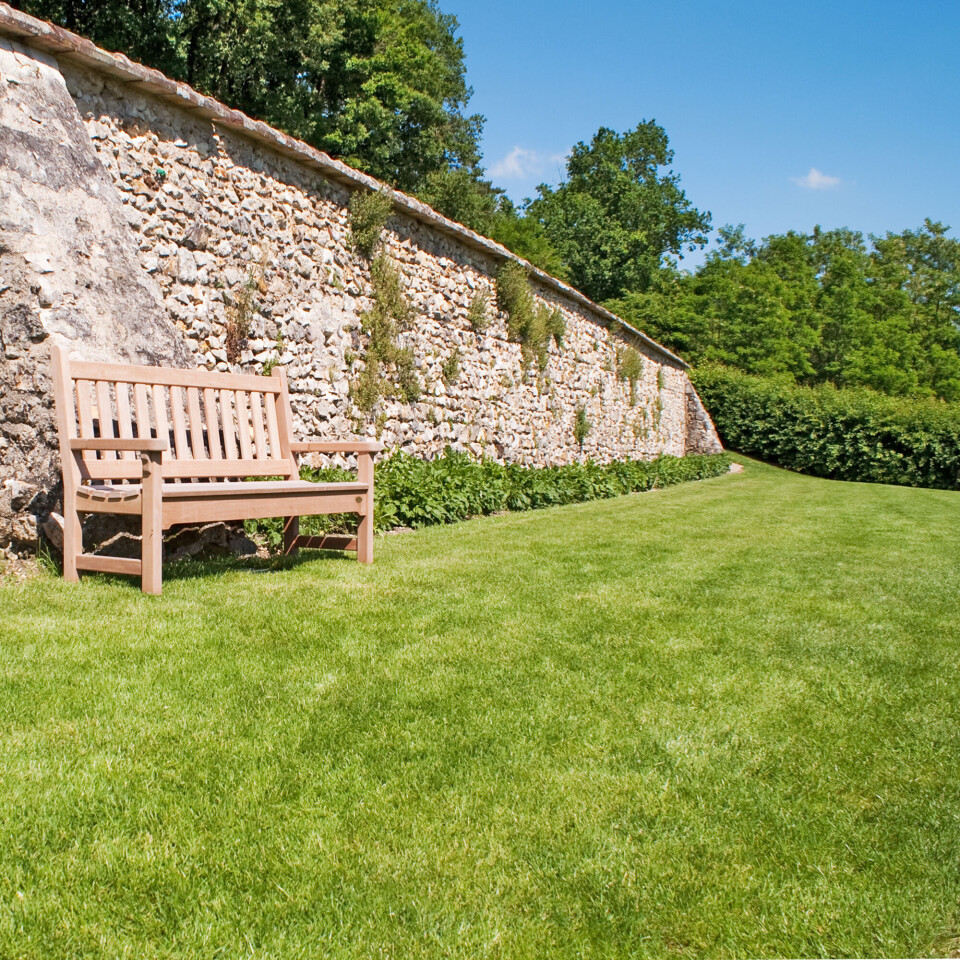-
Free fraud service for UK homeowners living in France
Owners can sign up for a free monitoring service from HM Land Registry to reduce risk of fraud
-
Do I need the devis to contest French builder’s bad job?
An estimate is a legal contract between you and the person doing the work
-
How to lower the amount you pay for insurance in France
‘Big three’ insurances all set to see costs rise in 2026
Who owns the boundary wall of our French property?
Dividing walls are generally shared but be aware of cases where this principle does not apply

Reader Question: How do we know if the dividing wall on our property is ours?
The general principle is that dividing walls are shared between owners of the two properties, and both are responsible for maintaining them – but there are exceptions.
Read more: French property: Who is responsible for the upkeep of a shared wall?
Exceptions to the rule
The main one is if the wall does not separate two properties that are closed. For example, if the wall on the limits of your property has on the other side an open field or a wood, it will belong only to you.
Similarly, if the wall is part of your building, and forms part of the boundary with a neighbour’s garden or courtyard.
Continuing on this theme, if there is a common wall between two buildings (as with a semi-detached house), the wall is commonly owned if the buildings are of the same height.
But if one building is higher than the other, only the part where the two buildings touch is commonly owned.
Building a wall
A wall between properties built with the agreement of the two neighbours is assumed to be shared. Similarly, if it is built as the result of an act of clôture forcée by a commune (as when plots are subdivided).
However, one owner cannot build a boundary wall and then force their neighbour to accept co-ownership.
Shared ownership of a boundary wall is usually not in doubt and often mentioned in house purchase documents.
Related articles
€100,000 water bill, boundary rules: Five French property updates
French gutter rules stop rainwater soaking the neighbours
What is law in France on neighbour's trees growing into my property?
























